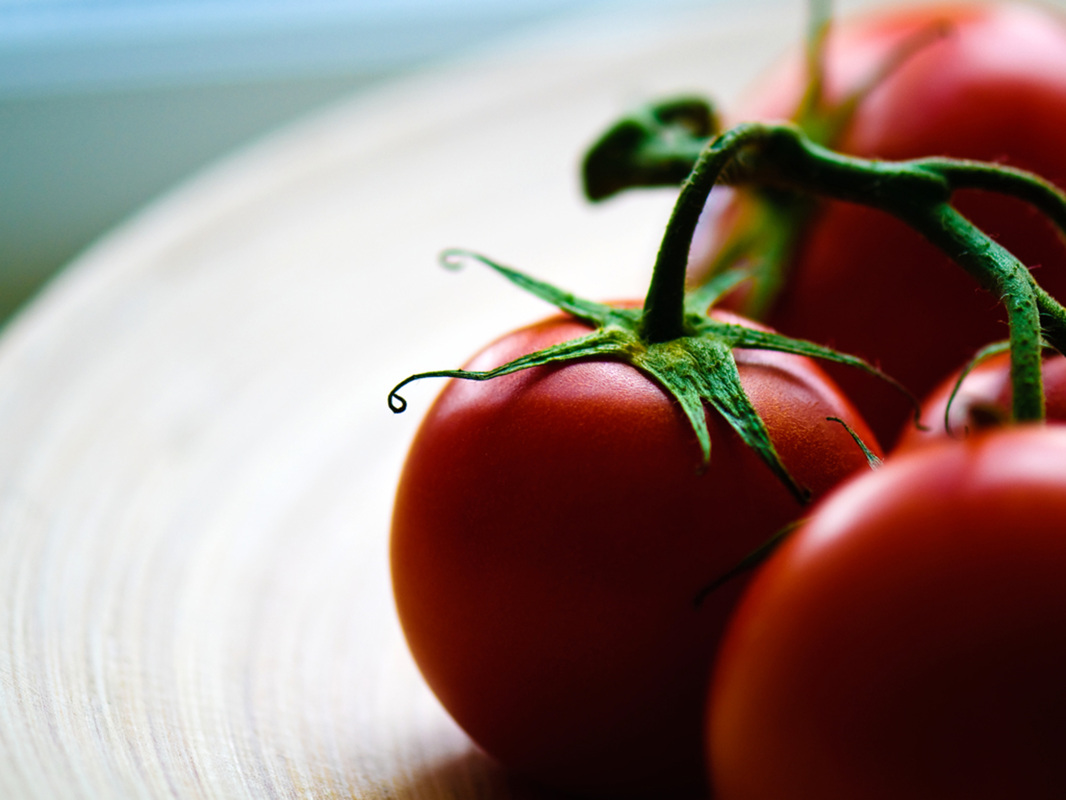n
You might wonder what happens when it actually gets hot here which it does once or twice a year. At those odd times the breeze shifts from on shore and foggy to off-shore with hot winds from the central valley. In mere hours, the air quality goes to hell and the temps climb up above 90° and everyone is miserable. Why? Because no one has air conditioning! Suddenly, movie theaters and shopping malls are the best places in the universe.
But it’s cold today even by San Francisco standards. Last night it was in the high 30’s. When I got up this morning to get Patrick off to school it was 56° inside the house thanks to those beloved leaky windows.
Yes, it’s winter and that means it’s time to do our primal ancestors proud by eating more red meat. Braises and stews are a natural during the cold months but there are times when then there’s nothing better than a good New York strip steak. One can either grill or do stove top. Regardless, the problem always is how to get it just right—as in a perfect medium-rare temperature. Dear readers, with the help of noted chef and cookbook author Molly Stevens, I have the solution. Just follow the instructions below, paraphrased from Molly’s book, “All About Roasting,” for a perfect medium rare strip steak every time.
The Ingredients:
Two 12-14 ounce New York strip steaks: don’t mess around with something from Costco that comes in 12 packs. Make a trip to a good butcher and buy quality meat. It’s worth it. I like Golden Gate Meats in the Ferry Building here in the city.
Kosher salt and freshly ground black pepper—and lots of both
2 tablespoons neutral oil such as peanut or vegetable oil: as much as I love cooking with olive oil it simply won’t do here as the searing temp is too high.
1-2 tablespoons softened butter
The routine:
Heat the oven: place one of the racks in the center of the oven and heat to 375°
Heat the skillet over medium heat: a cast iron skillet is the only way to go here—a non-stick pan simply won’t do.
Season the steaks: let the steaks come to room temperature. Pat them dry with a paper towel on all sides and season WELL with the kosher salt and pepper. If you’re one of the compulsive types like me who needs to measure everything, use ½ to ¾ teaspoon of salt and ¾ to 1 teaspoon of pepper for each steak. Make sure to salt and pepper the entire surface of the steaks including the sides, pressing the seasonings into the meat as you go.
Sear the steaks: once the pan is hot increase the heat to high then add the oil to the pan coating the entire surface. After 30 seconds (or when the oil starts to shimmer in the pan), place the steaks in the skillet side by side but NOT touching. Let the steaks sear for two minutes undisturbed and then flip, generously coating the tops with the softened butter. Note: if you move the steaks while searing it will interfere with the browning or, in effect, screw things up.
Roast: immediately transfer the skillet to the oven. After six minutes check for doneness with an instant-read thermometer. You’re looking for 125° for medium rare so taking the steaks out just over 120° is not a bad way to go. If anything undercook as there’s no greater tragedy than an over-cooked piece of good beef. Baste the steaks with the pan juices every time you open the oven.
Rest: when done immediately transfer the steaks from the oven to a cutting board (boards with a trough are best). Cover the steaks loosely with aluminum foil and allow to rest for 10 minutes.
Serve: pour the pan juices over the steaks and serve. I like simple accompaniments with my steaks such as mashers and sautéed Blue Lake Beans with sliced garlic. A wedge of iceberg with a blue cheese vinaigrette is the perfect mate.
The wines: although a host of other reds could do in a pinch, this is a go-to time for new world Cabernet and Cabernet blends. Here are some I’ve tasted recently:
2001 Corison, Napa Valley: I’m a long-time fan of Cathy Corison’s wines because of their restrained elegance, high natural acidity and superb balance.
2001 Parker’s Coonawarra First Growth: this was our Christmas bottle and one of the new world’s great Cabernet-based wines. Intensely focused with the hallmark mint/eucalyptus and pronounced mineral notes of Coonawarra.
2008 Yalumba “The Signature” Cabernet Shiraz: this one of my favorite Australian Cabernet-based wines. The 2008 is about 50-50 Cabernet to Shiraz; the spice elements of the Shiraz and Cabernet structure are a match made in heaven.
1992 Heitz Martha’s Vineyard, Napa Valley: one of a handful of the great Cabernet terroirs in California and arguably the most distinctive of all the state’s Cabernet wines. I had the great pleasure of working for the Heitz family for several years and the privilege of tasting and drinking more than my fair share of Martha’s. It is the one and only.
nn
